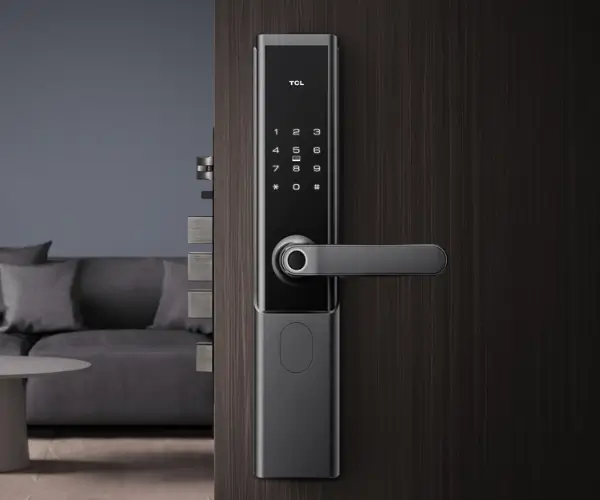Ever wondered what makes microservices tick? It’s not just breaking down a monolithic app into smaller pieces. There’s a magic behind the scenes—design patterns—that keep everything running smoothly, resilient, and scalable. And if you’re curious about which design pattern is the real star here, buckle up. Let’s dive into it.

Picture a bustling city where every building operates independently but still somehow sings the same anthem. That’s what microservices do—independent, yet harmonious. To make sure each little piece communicates without chaos, a certain pattern steps into the spotlight. It’s called the Service Registry and Discovery pattern. Think of it as the city’s directory—a phonebook for services, making sure every parcel, every cab, and every shop knows where to find each other quickly. When a new microservice pops up, it registers itself, and others can discover it on the fly.
But wait, there's more to the story. Sometimes, microservices need to collaborate closely, sharing tasks or data effortlessly. This is where the API Gateway pattern comes in. Imagine walking into a fancy club—you don’t need to know every bouncer’s name, just a single entrance that guides you. That’s what an API Gateway does: it aggregates requests, routes them to appropriate services, and returns results—all seamless to the user.
However, at the core, a pattern called Event-Driven Architecture (EDA) holds a lot of power. Ever played a domino game? One move triggers a chain reaction. EDA allows microservices to communicate via events—messages that say, “Hey, something happened!” This decouples services, making the entire system more flexible. For example, when a user places an order, the order service sends an event that triggers inventory updates, payment processing, and notification services—all without direct calls.
You might wonder, what about consistency? That’s where Saga Pattern kicks in. It manages complex transactions across multiple microservices without locking everything down. So if a payment fails, it rolls back previous actions—kind of like a carefully choreographed dance where no steps are missed or duplicated.
These patterns aren’t just theoretical mumbo jumbo. They’re toolkit essentials, shaping how dynamic, resilient, and scalable microservice environments are built today. They’re like the blueprint behind your favorite apps—ensuring they’re fast, reliable, and ready to grow with your needs.
Want to build a microservice architecture that stands out? Focus on these design patterns—think of them as your secret weapons. They don’t just make things work; they make them work better, faster, and with less headache. Because at the end of the day, isn’t that what we all want? A system that handles complexity like a charm, running smoothly no matter what.
Established in 2005, Kpower has been dedicated to a professional compact motion unit manufacturer, headquartered in Dongguan, Guangdong Province, China. Leveraging innovations in modular drive technology, Kpower integrates high-performance motors, precision reducers, and multi-protocol control systems to provide efficient and customized smart drive system solutions. Kpower has delivered professional drive system solutions to over 500 enterprise clients globally with products covering various fields such as Smart Home Systems, Automatic Electronics, Robotics, Precision Agriculture, Drones, and Industrial Automation.




































